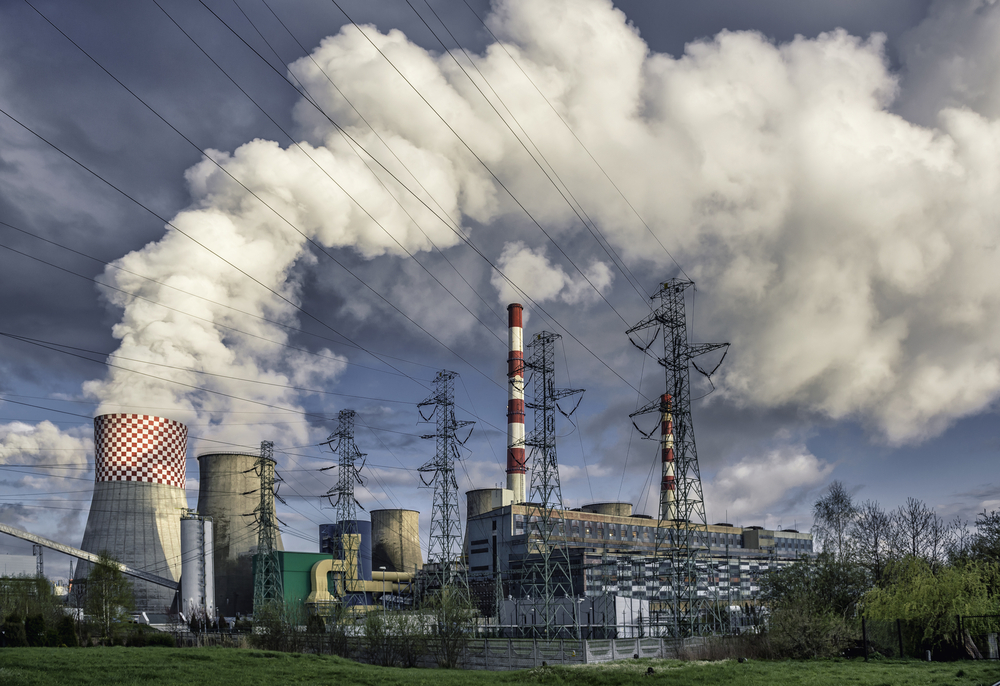Results from a recent study published in the Archives of Environmental & Occupational Health, support a positive association between the risk of developing benign prostatic hyperplasia (BPH) and air pollution.
BPH refers to the nonmalignant growth of the prostate that is commonly observed in aging men. The actual hyperplasia of the prostate gland develops as a strictly age-related phenomenon in nearly all men, starting at approximately 40 years of age. In fact, the histologic prevalence of BPH, which has been examined in several autopsy studies around the world, is approximately 10% for men in their 30s, 20% for men in their 40s, reaches 50% to 60% for men in their 60s, and is 80% to 90% for men in their 70s and 80s. No doubt, when living long enough, most men will develop some histologic features consistent with BPH
Large geographic differences in BPH prevalence may be related to genetic, lifestyle, and environmental factors. However, the etiology of such differences is still largely unknown. Although previous epidemiological studies have shown associations between ambient air pollution and risk for prostate cancer, little is known about the role of environmental factors in benign tumors associated with BPH.
In the study entitled “Association between Air Pollution and Benign Prostatic Hyperplasia: An Ecological Study”, Sung Ryul Shim from the Department of Preventive Medicine, Korea University College of Medicine in South Korea and colleagues evaluated the hypothesis that air pollution is associated with an increased risk of BPH. The research team conducted surveys between 2010 and 2013 and data for a total of 1,734 men were included in the analysis.
Information about air pollution was obtained from the National Air Pollutants Emission 2010 report, with results revealing that the scores of The International Prostate Symptom Score significantly increased with increasing per capita air pollutant emissions. Results also showed that the risk of BPH increased as the overall concentration of air pollutants increased. Particularly, nitrogen oxides and sulfur oxides showed a dose-dependent association.
“We found significant associations and exposure-response patterns between air pollution and risk for BPH. Considering that BPH is highly prevalent among men worldwide and air pollution is ubiquitous, this finding is an important public health concern”, the researchers wrote. “To our knowledge, this is the first study to compare BPH severity with IPSS using geographically defined areas, such as regions classified according to air pollutant emissions”.

